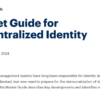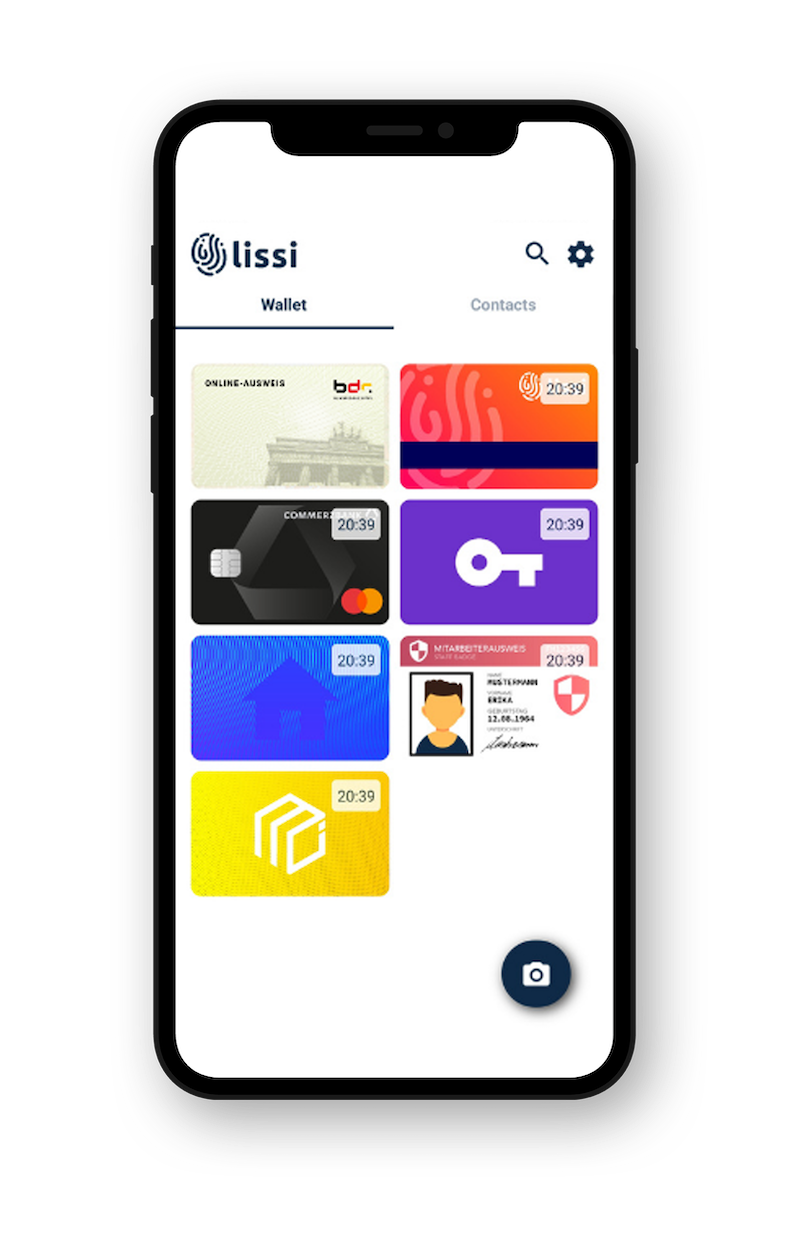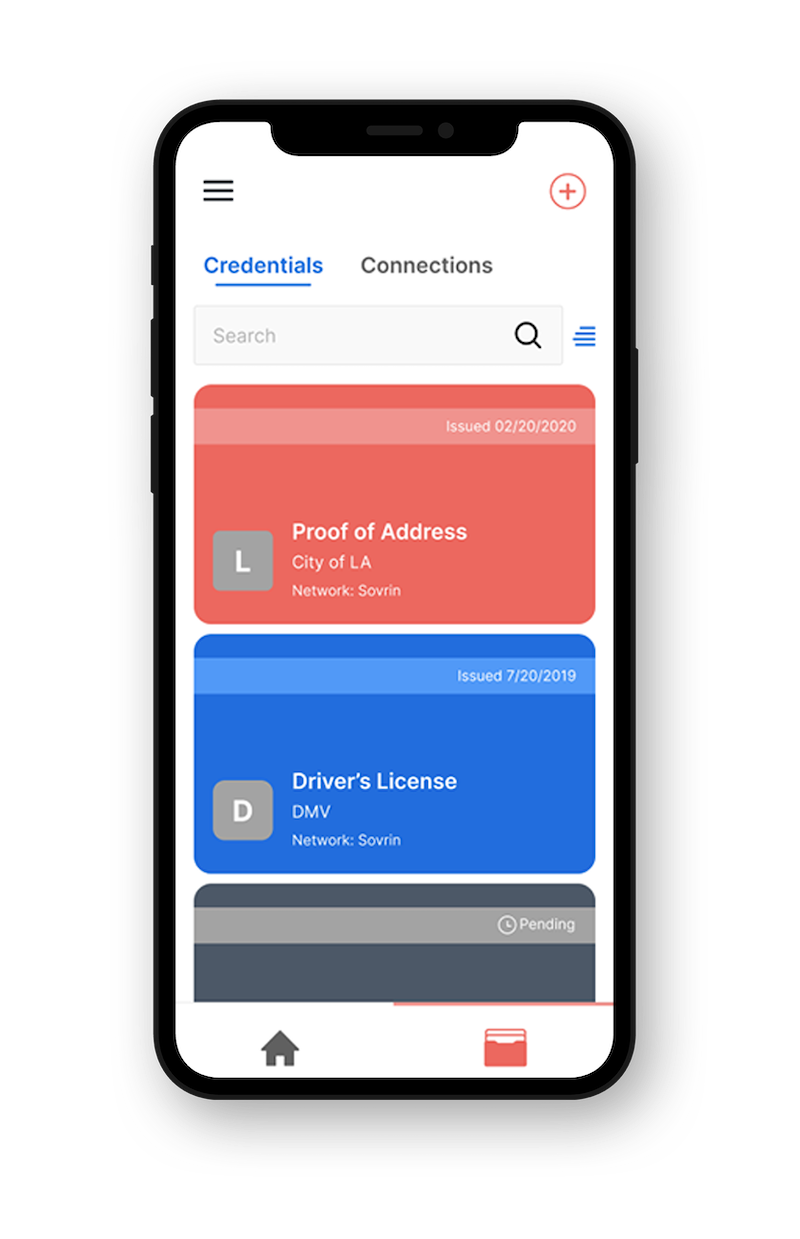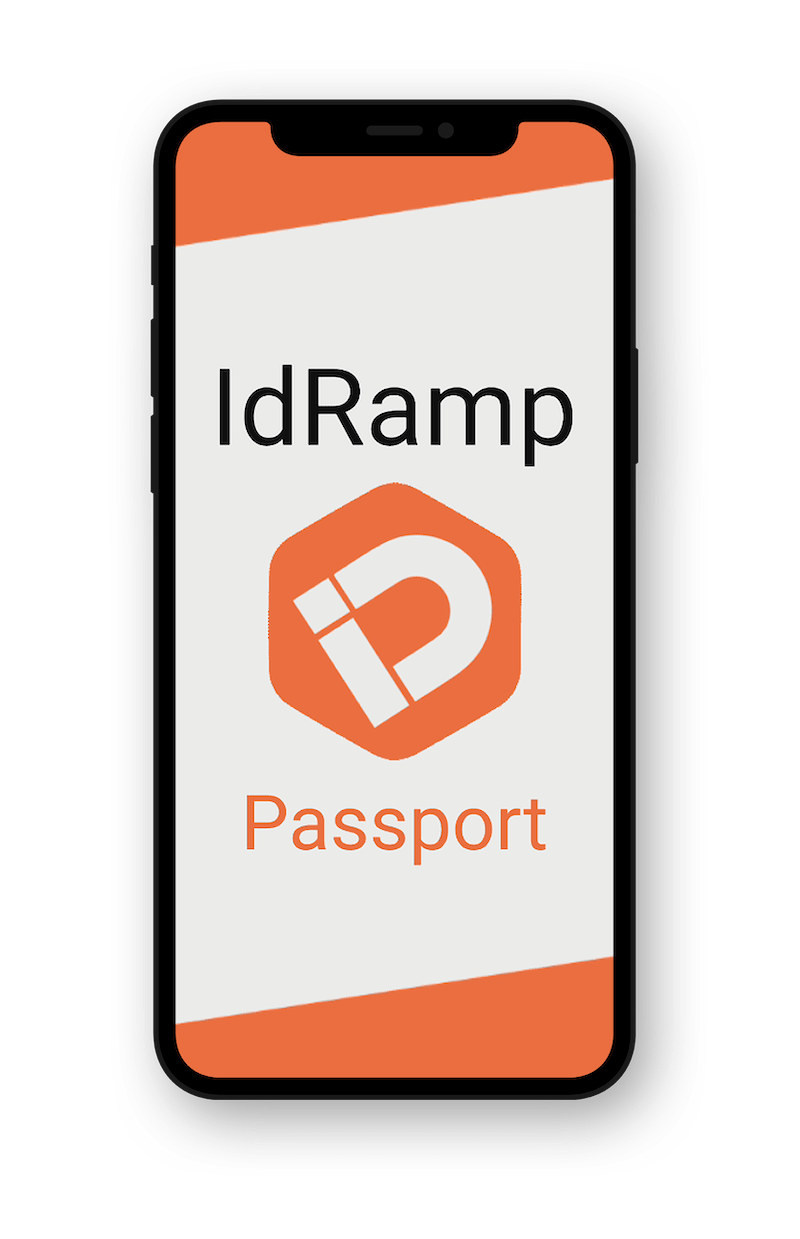Decentralized Identity has gone international! In this week’s GIMS, we’ll talk about some of the most exciting projects and some of the lessons learned from around the globe.
By Tim Spring
The EU Digital ID Wallet Is Coming. Here’s What It Means For You
The EU recently announced that they will be implementing a digital wallet for citizens and businesses to use for online authentication and proving identity. The system is set to be built from existing regulations implemented in 2014 called eIDAS, which mandated consistent standards across the EU for electronic authentication. Unfortunately, this initiative was not adopted by most EU members, with only 14% of public services offering cross-border authentication. Recognizing that the previous program had significant shortcomings, the EU expressed the need to improve the coverage, user experience, and cross-border acceptance of digital identity services this time. The proposal has a target date of September 2022 to agree to a technical framework and begin pilot projects.
This is, arguably, the most ambitious implementation of decentralized identity we’ve seen yet. The article does a great job of reflecting issues that we have seen implementing solutions for our customers, such as adoption and usability, and how they plan to avoid them to provide easier travel and business to EU citizens. The EU was originally founded to reduce the barriers to trade between members, and implementing this solution will be a massive step forward in reducing those barriers as more and more of our lives require proving our identity online.
UK Government Allocates $5M To Retire Verify’s Digital ID Infrastructure
The UK is in the process of shutting down their Verify program, an undertaking they began in 2016 to provide one trusted login for all the services provided by the British government. The government ruled after five years that the program simply wasn’t providing enough value for the 154 million pounds (almost $194 million dollars) invested in it. Verify is expected to be replaced by One Login, a single sign-on replacement which is planned to be fully rolled out by 2025.
The UK had many issues with this project but the big lesson here is mostly about adoption. In an article by the Panorama Consulting Group that looks at some of Verify’s failures, it found that the project had predicted 46 government services would adopt the platform by March 2018, but as of Feb 2021 only 22 had done so. If the platform can’t deliver over half the services it promised how can the citizens trust and rely on it? This led to tepid interactment numbers on the platform at best, with only 6.7 million of the 25 million predicted users. There is a reason that one of the first things we discuss with customers at Indicio is user buy-in and first experiences! Because if there is another option that is easier or more reliable why would they use your solution?
The State of Digital ID in Canada
Digital ID is coming to Canada, slowly, and with some expected wariness and skepticism. This article is excellent at addressing some of the concerns citizens have with moving their identity online: Some see it as an invasion of their privacy, some fear that their personal information could be leaked, and some feel it is not secure enough. These are all valid concerns, and the government has responded with a slow rollout, starting with provincial initiatives that discuss the technology, its security, and how it would improve citizens’ day-to-day lives.
It is refreshing to see public concern so focused on and answered in a direct way. Having an open discussion will likely speed adoption. The overall plan also falls in line with one of the principals we believe in whole heartedly at Indicio – start small and scale. By starting at the providence level they can work out the kinks and add features in a way that builds success.
Can Digital Identity Help With the World Refugee Crisis?
This article by Security Boulevard looks at an identity use case that many simply don’t think about but which directly affects millions of people. Currently, in Ukraine alone, 12 million people have been displaced from their homes in the last few months.
Overall, there are an estimated 26.4 million refugees worldwide, and as Security Boulevard notes, a refugee by definition is cut off from the government that validates and confirms their identity, so what is the solution? A decentralized ledger accessible globally is certainly a good start, but you would need widespread adoption to make sure that the identity is accepted by the government of the country where the person is seeking asylum. One of the biggest hurdles in applying for refugee status and citizenship is lack of documentation, solving this problem would be a game changer for millions of people just trying to get their life back, and significantly reduce the amount of time and effort necessary to make that happen.
As decentralized and digital Identity solutions become more widespread, this technology offers a solution for millions of people, and this use case is certainly something we will be keeping in mind at Indicio. This is a complex problem, and we certainly don’t claim to have all the answers, but Security Boulevard provides insights into usability and backup plans for anyone creating identity solutions.
If you want to be kept up to date on more interesting articles and events around the Indicio community we recomend subscribing to our bi-weekly newsletter!













